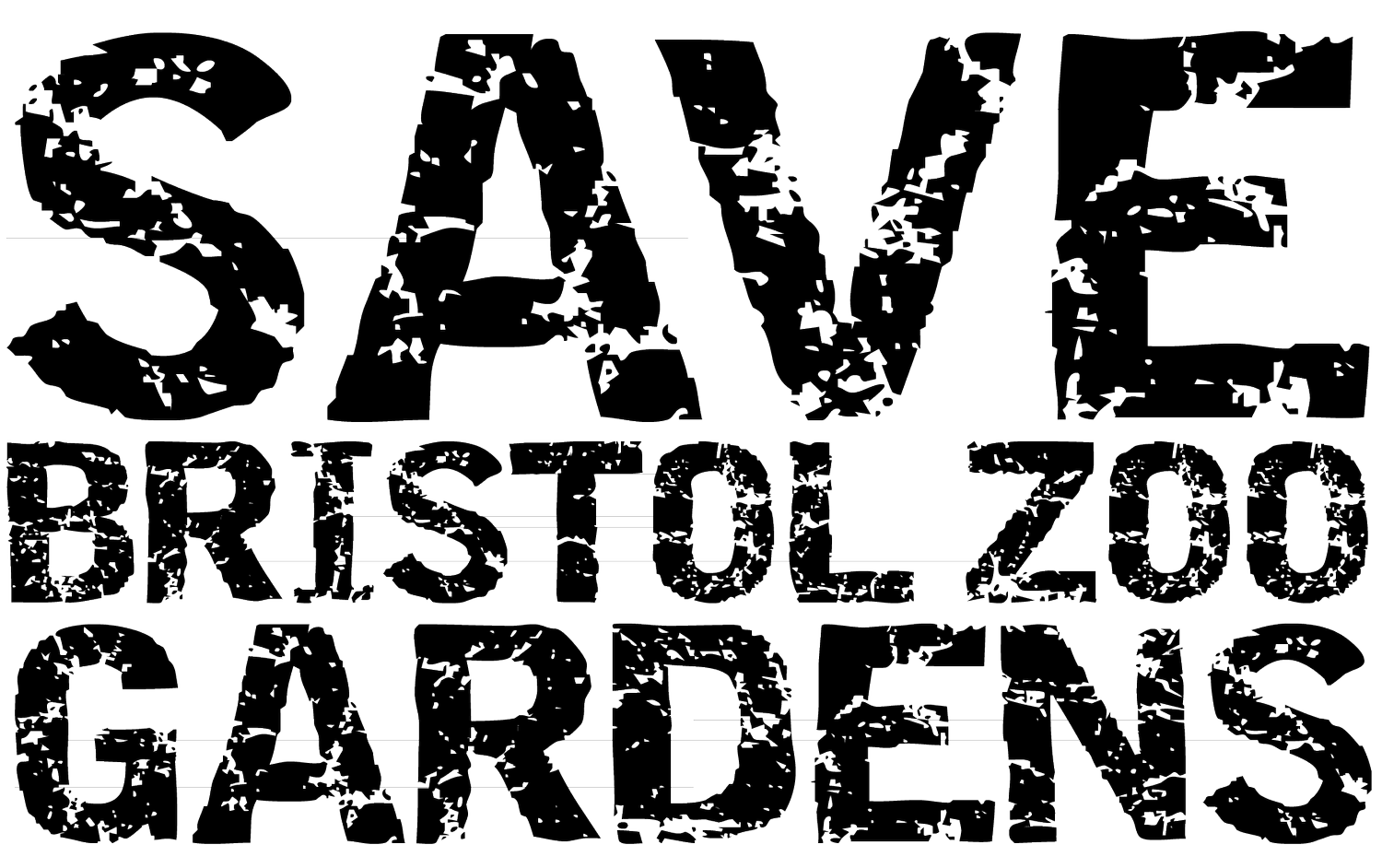
You probably don’t need an introduction to Bristol Zoo. You might have been there as a child or as an adult; with your own children or grandchildren; or on a visit with a group of friends or for a romantic first date.
Opened in 1836, the Zoo is reckoned to be the fifth oldest in the world. It covers a small area by modern standards, but houses a considerable number of species. With its additional roles in conservation, breeding programs and outreach, zoologists rate its animal operations highly, given its physical limits.
In the 1960’s, the Zoological Society was gifted a parcel of land in South Gloucestershire and officially opened it in July 2013 as the Wild Place Project. It was conceived and understood that animals needing more space would be moved there but that it was the clear intention, e.g. in the strategy to 2025, that both sites would be made successful and would complement each other.
In the 186 years of its operation, sites like Bristol Zoo enter the identity, mythology and soul of a city. National planning laws say that such places are an ‘irreplaceable resource and should be conserved in a manner appropriate to their significance, so that they can be enjoyed for their contribution to the quality of life of existing and future generations’.
We agree entirely and it was a surprise and shock when the Zoo announced that it would be closing the site without, it seemed, any consultation or realistic time allowed to consider alternatives. Yes, zoos need to change to meet modern needs and expectations and yes, funding and money is tight for everything, including zoos, but is it really necessary to lose this ‘irreplaceable resource’ or could another brighter future be possible that Bristolians can continue to enjoy?













